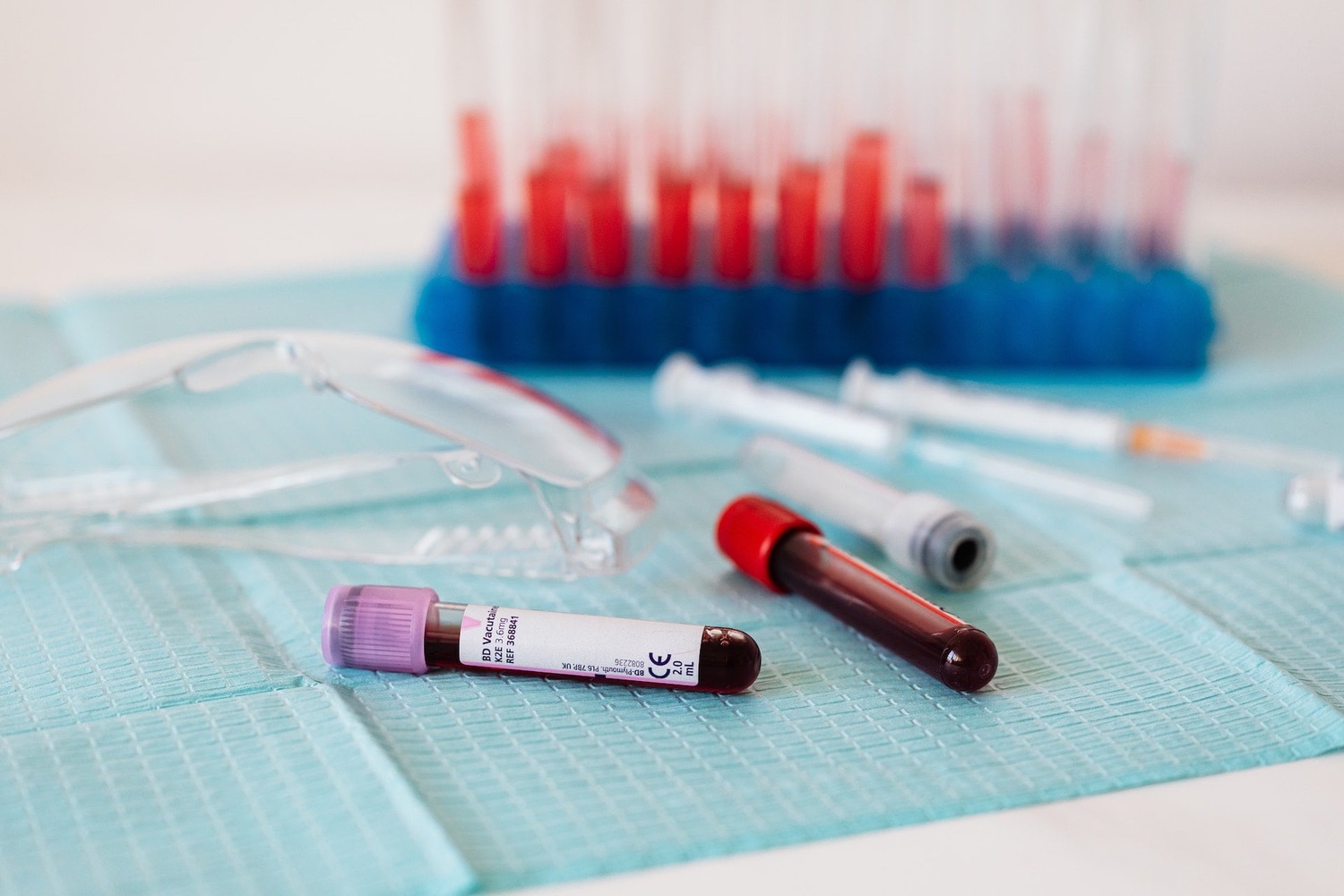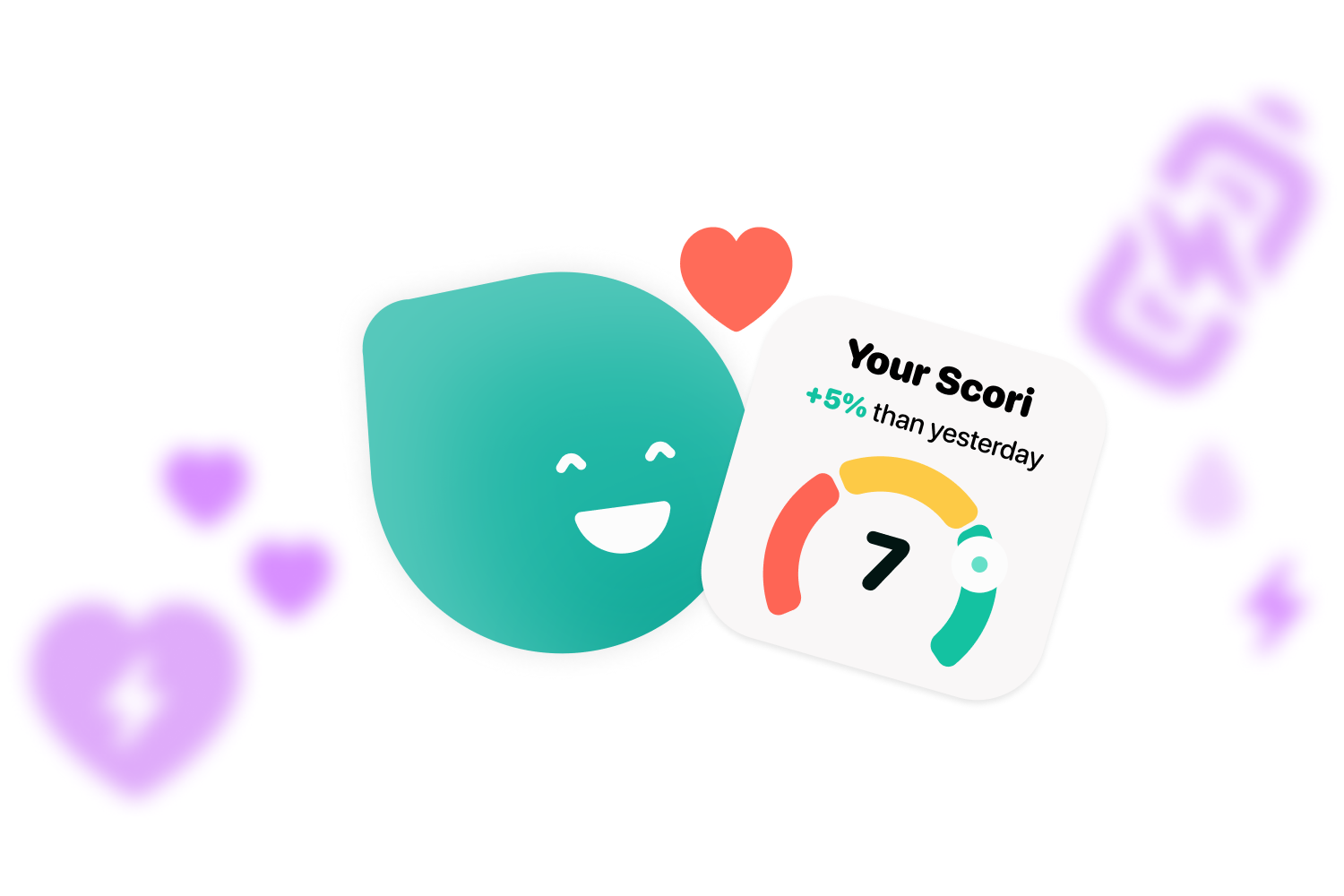Do you know what glycosylated hemoglobin is and how it relates to diabetes? If the answer is no, then this article is for you.
If you have been facing a possible diagnosis of diabetes your doctor will have mentioned the need to test your glycosylated hemoglobin, but do you really know exactly what this test is or what it is used for? In this article we will answer all your questions and tell you the secrets about the glycosylated hemoglobin test or HbA1c.
What is the glycosylated hemoglobin test?

The glycosylated hemoglobin test, also known as the hemoglobin A1c or HbA1c test, is a blood test that determines the average blood glucose, or blood sugar, level over the past 2 to 3 months.
Hemoglobin is the protein in charge of transporting oxygen to the whole body found in red blood cells and has a life expectancy of approximately 3 months. When blood sugar levels are higher than normal, some of the glucose attaches to hemoglobin A, which is why this test is called HbA1c.
What is the HbA1c test used for?

This test is typically used for 3 different purposes:.
- To diagnose prediabetes.
- To diagnose type 1 and type 2 diabetes.
- To monitor the treatment of diabetes.
Depending on the purpose of the test, it will be done more or less times. When it is to diagnose prediabetes or to monitor its progression, it will only be done once a year. However, if you are diagnosed with diabetes, it can be done 2 to 4 times a year. The number will vary depending on whether you have more or less control of your glucose levels.
If you have to be tested 4 times a year because you can’ t stabilize your blood sugar levels, you may find it helpful to know these tips to improve diabetes. Also, Cori can help you to create habits and see how your levels are doing during the day.

Become a diabadass!
Join our weekly newsletter and learn
all the tips and tricks.
People with diabetes are especially vulnerable to the dangers of colds and the flu, but there are things you can do to control your symptoms and avoid getting sick in the first place. You may maintain your health even when you’re feeling under the weather by constantly monitoring your blood sugar levels, staying hydrated, getting enough of rest, and adhering to your diabetes management plan. Additionally, you may lower your risk of getting sick and safeguard yourself from any problems by maintaining proper cleanliness, being vaccinated, and generally maintaining good health. Make sure to discuss any worries you may have with your healthcare team for advice and support if you have diabetes and are worried about managing colds and the flu.
Who should be tested for glycosylated hemoglobin?

Normally, these tests are done in different cases:
- If you have type 1 diabetes.
- If you are over 45 years of age for possible prediabetes or type 2 diabetes.
- If you are under 45 years old and you are overweight or have risk factors that can cause prediabetes or type 2 diabetes.
- If you have had gestational diabetes.
How to interpret HbA1c results

When you have a glycosylated hemoglobin test the results can determine several diagnoses:
- Below 5.7%: normal levels.
- Between 5.7% and 6.4%: prediabetes.
- Above 6.5%: diabetes.
In people who have already been diagnosed with diabetes there is an acceptable percentage of glycosylated hemoglobin, which is usually above 7%. However, this may vary from case to case. If this is translated into glucose levels, a person with diabetes should be on average around 154 mg/dL or 8.5 mmol/L.
Factors that can affect the A1c test

The glycosylated hemoglobin test can be affected by factors such as:
- Anemia or iron deficiency.
- Renal insufficiency.
- Transfusions or blood loss.
- Having a less normal hemoglobin type.
- Some medications, such as those used for HIV.
- Being in the early or late stages of pregnancy.
Did you find this article about the glycosylated hemoglobin test interesting? Then you can’t miss our social media: Instagram, Twitter, Facebook or LinkedIn.




